
2025.10.20
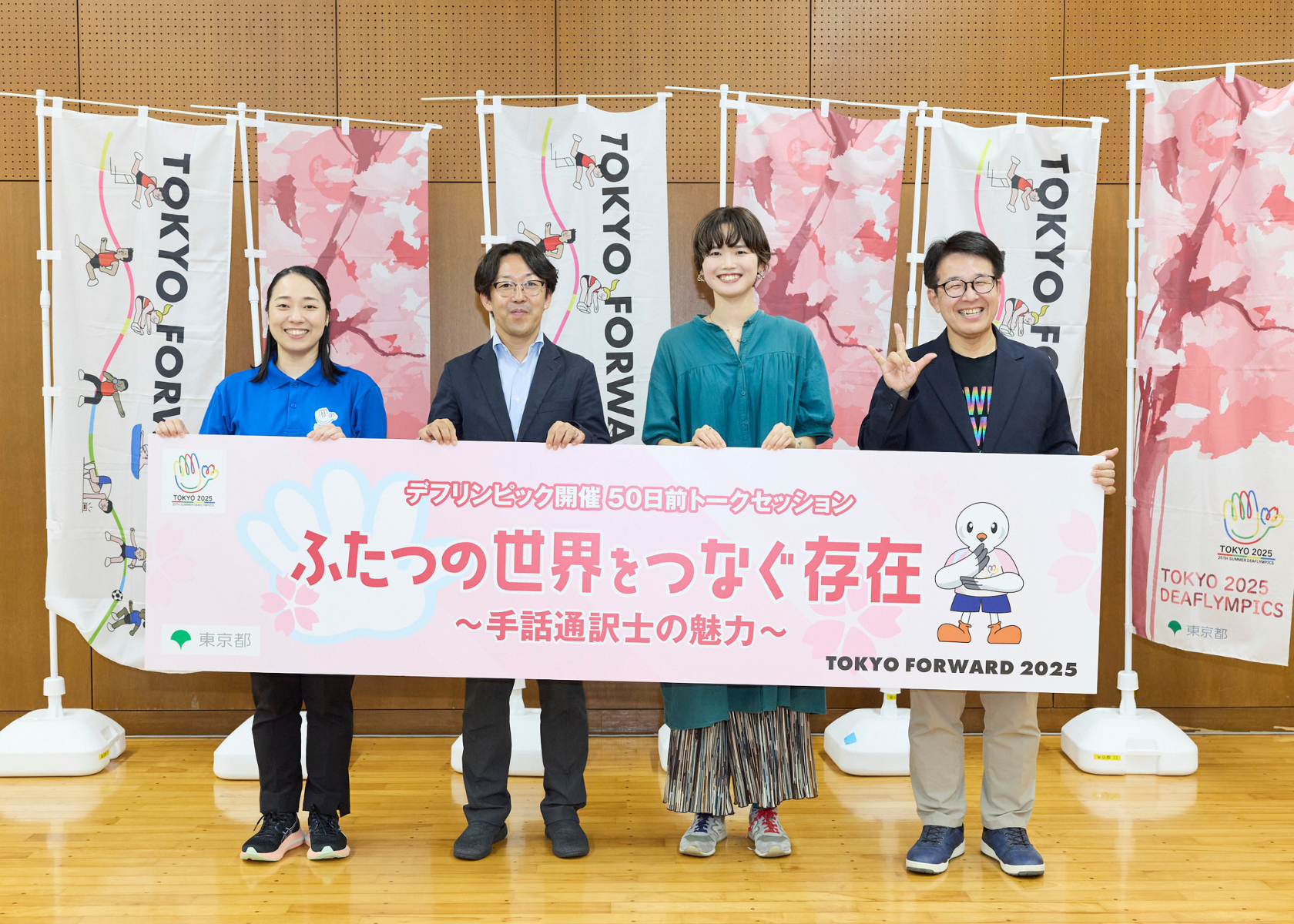
2025.10.08
On Sunday, September 28th, less than 50 days before the start of the TOKYO 2025 DEAFLYMPICS, a talk session titled “The Connection of Two Worlds ~The Charm of Sign Language Interpreters~” was held to unravel the charm of “sign language interpreters”, who play an important role in the Games!
Ikumi Kawamata, who is deaf herself and TOKYO 2025 DEAFLYMPICS Ambassador, was invited as a facilitator, and sign language interpreters Kohei Ehara, Haruka Sato, and Ichiro Hashimoto, who are active on the front lines, were invited as panelists.
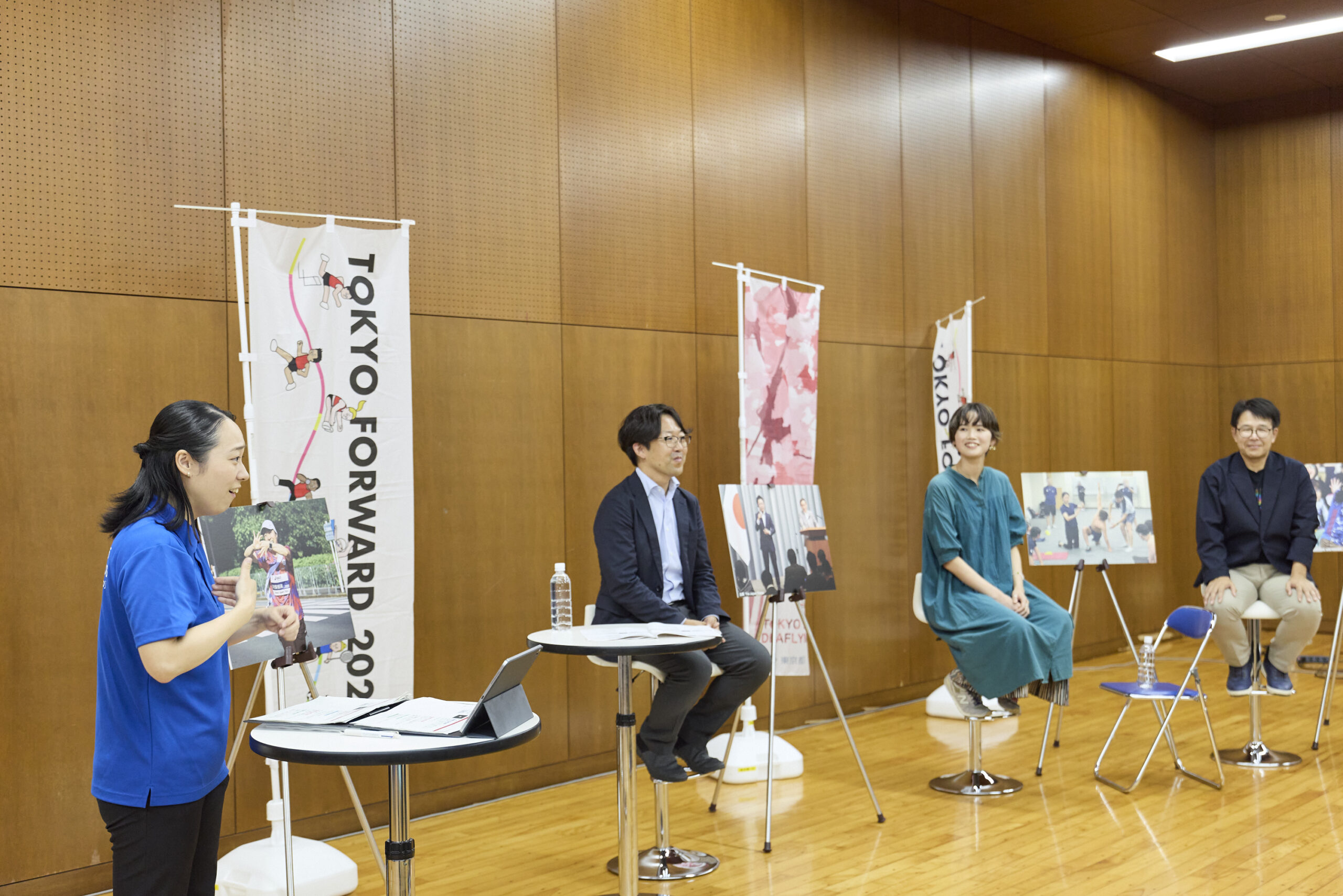
At this event, all four speakers talked in sign language. A face-to-face sign language interpreter interprets into Japanese audio and then converts the audio into subtitles and projects it onto a monitor.
From everyday interpreting to the scene of international competitions, we discussed the “behind-the-scenes of sign language interpreters” that are usually difficult to see, their expertise, sense of accomplishment, and importance in society.
One of the panelists, Kohei Ehara, has about 30 years of experience as a community interpreter who connects people who cannot hear or have difficulty hearing with experts in medical and judicial settings, as well as interpreting national press conferences and television.
He was also in charge of sign language interpretation for the press conference that announced the new era of Japan to be named “Reiwa”.

Regarding the role of sign language interpreters, Mr. Ehara says that it is to “connect languages, communication, and people who speak different languages.”
“People who can’t hear or have difficulty hearing and people who can hear have different ways of perceiving information, feeling it, and body sensation,” says Mr. Sato. As a sign language interpreter for the Japan Deaf Swimming Association, he accompanies the team to training camps and competitions and is active in the field of deaf sports on a daily basis.
They say that they recognize the differences in each other’s backgrounds and environments and are conscious of “connecting” each other.
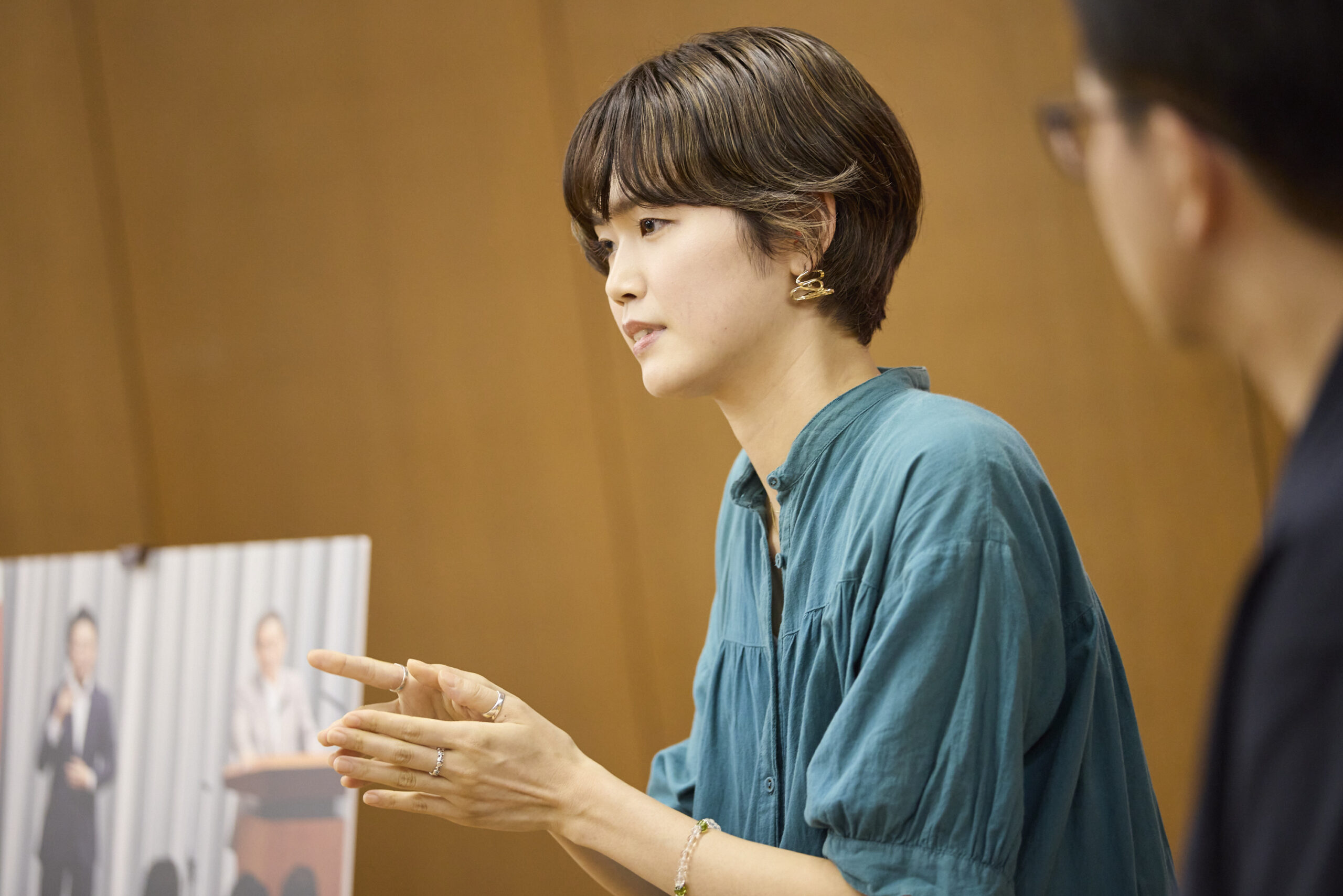
As a person who uses sign language interpreters, Ms. Kawamata says, “I am often encouraged by sign language interpreters.” When a person who hears talks to a sign language interpreter, if they are not used to it, they may look at the sign language interpreter all the time and speak or ask the sign language interpreter for answers. But at that time, she said, “I’m happy and impressed when the sign language interpreters turn to talk to me and include me in the group.” I told them that I want them to understand their own position and create an environment for communication with people who cannot hear.
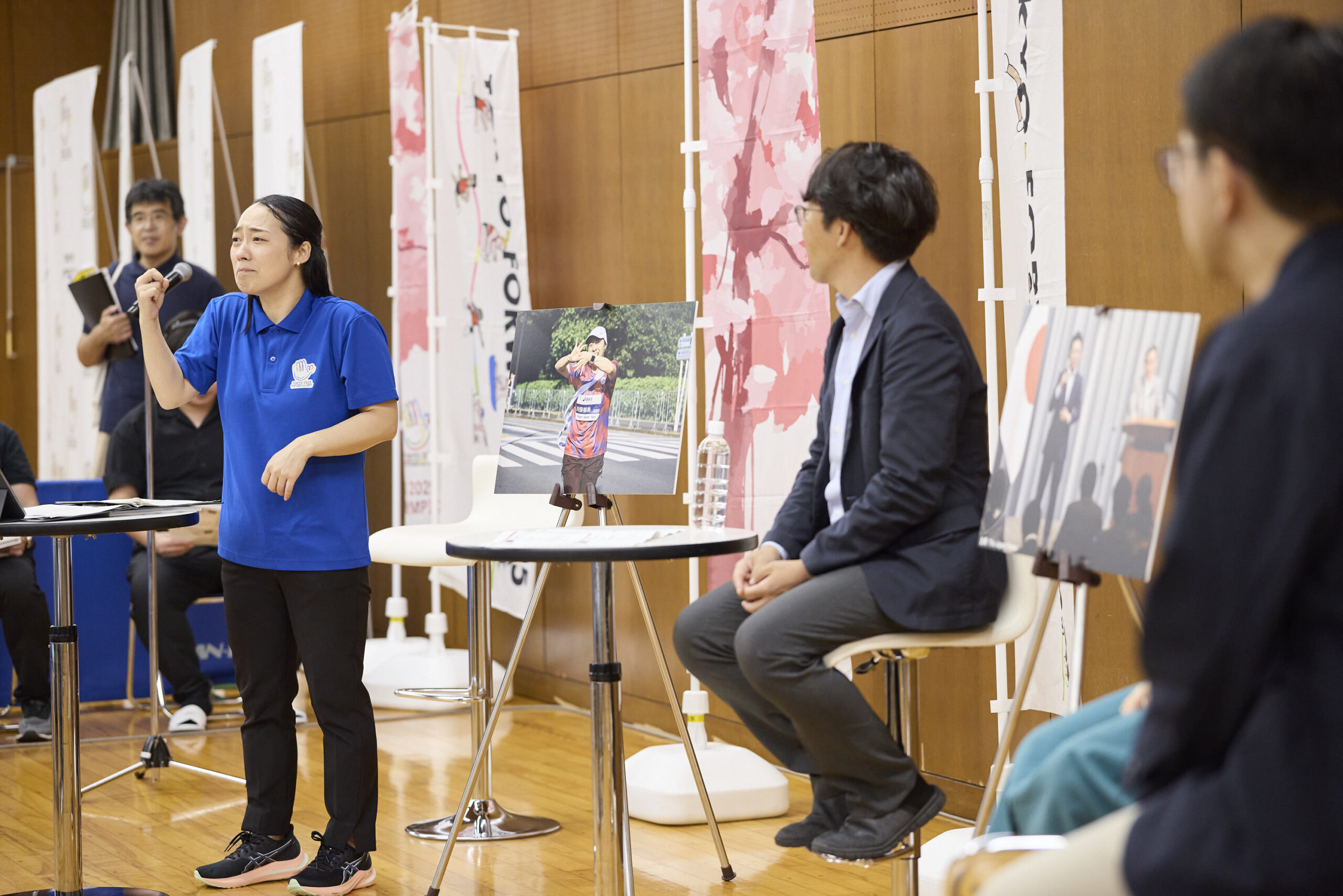
Mr. Hashimoto, who has been a teacher at a school for the deaf and special needs for many years and is also active as a “sign language artist,” said, “I want to get rid of the image of sign language interpreting as part of welfare or people in black suits.” “I hope that sign language interpreters will become a dream job.”
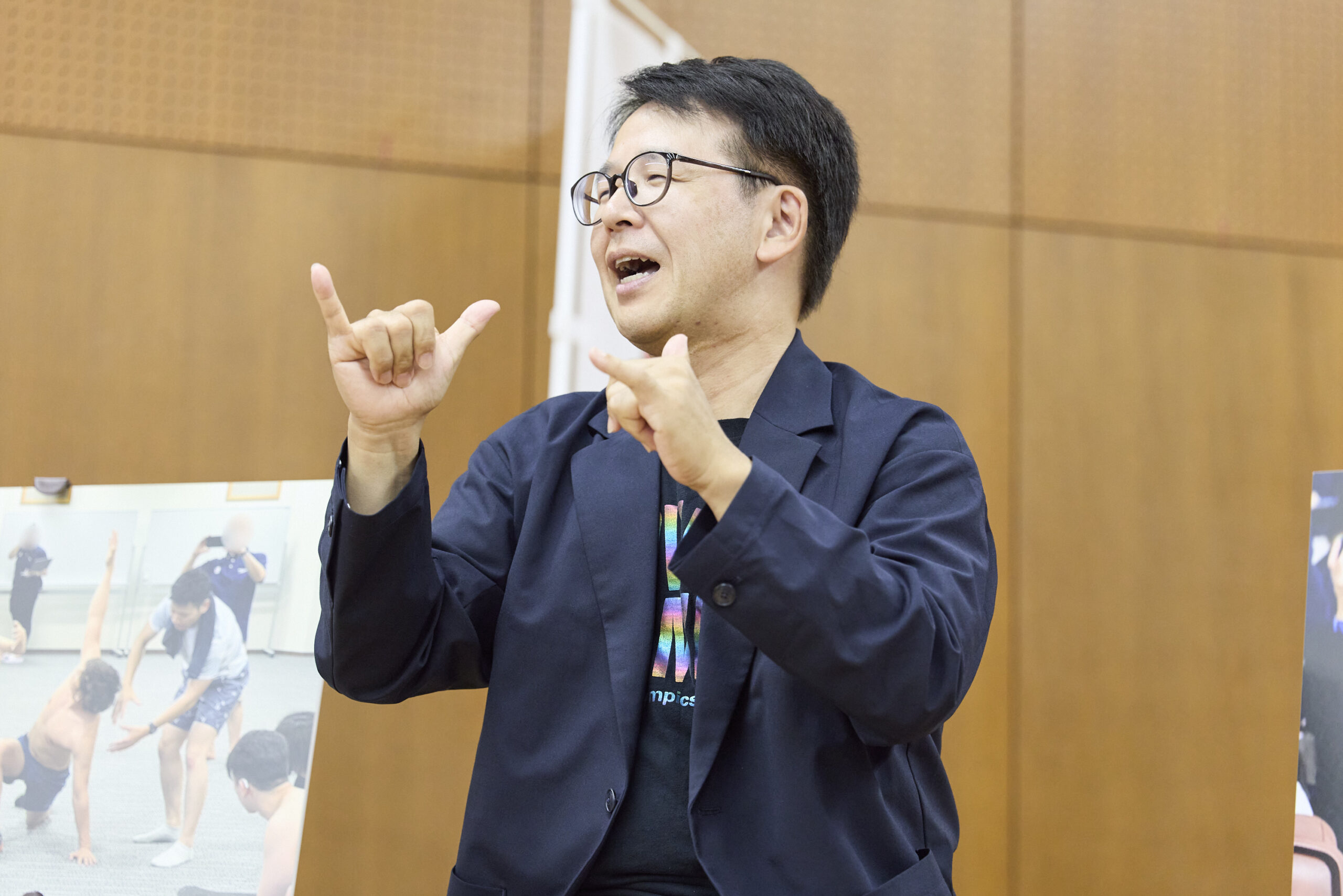
As the Deaflympics approaches, activities such as training camps are entering a climax for the Deaf sports. Mr. Sato, who had accompanied the deaf swimming camp before this event, told me about the reality, saying, “In a long group action where people from various positions gather at the same time and involve accommodation, both athletes and staff who can hear, can’t hear, and are difficult to hear all vary. I try to “adjust the place” so that everyone can get the same information, but it is really difficult.”
In actual practice, there are scenes where hearing coaches use their own bodies to instruct. At that time, instead of interpreting one by one, we will devise ways to guide the gaze of athletes, saying, “It’s easier to understand if you look at it more carefully.” To this end, we are approaching the creation of an environment where we can obtain information smoothly and effectively by having coaches coordinate the timing of movement.
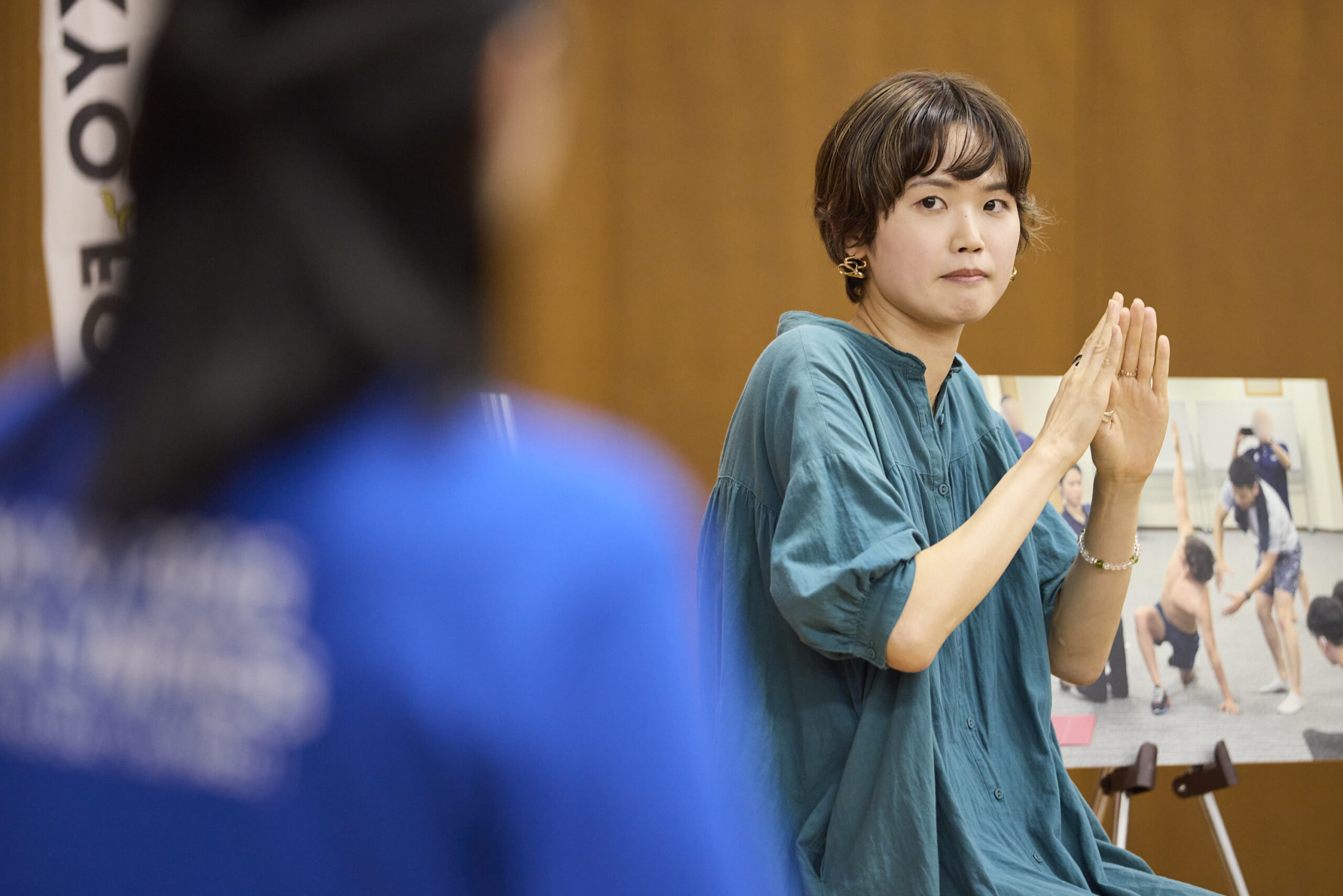
While social recognition of sign language is spreading, Mr. Hashimoto mentions that it is a challenge that “the understanding and treatment of sign language interpreters have not yet changed due to a lack of imagination.” Although the use of sign language interpreters at events is increasing, depending on the position and the lighting of the venue, it may be difficult to see from the position of the person who needs sign language.
He also says that it is necessary to cultivate an understanding of what kind of function sign language interpreters perform and therefore what position they should be best placed in.
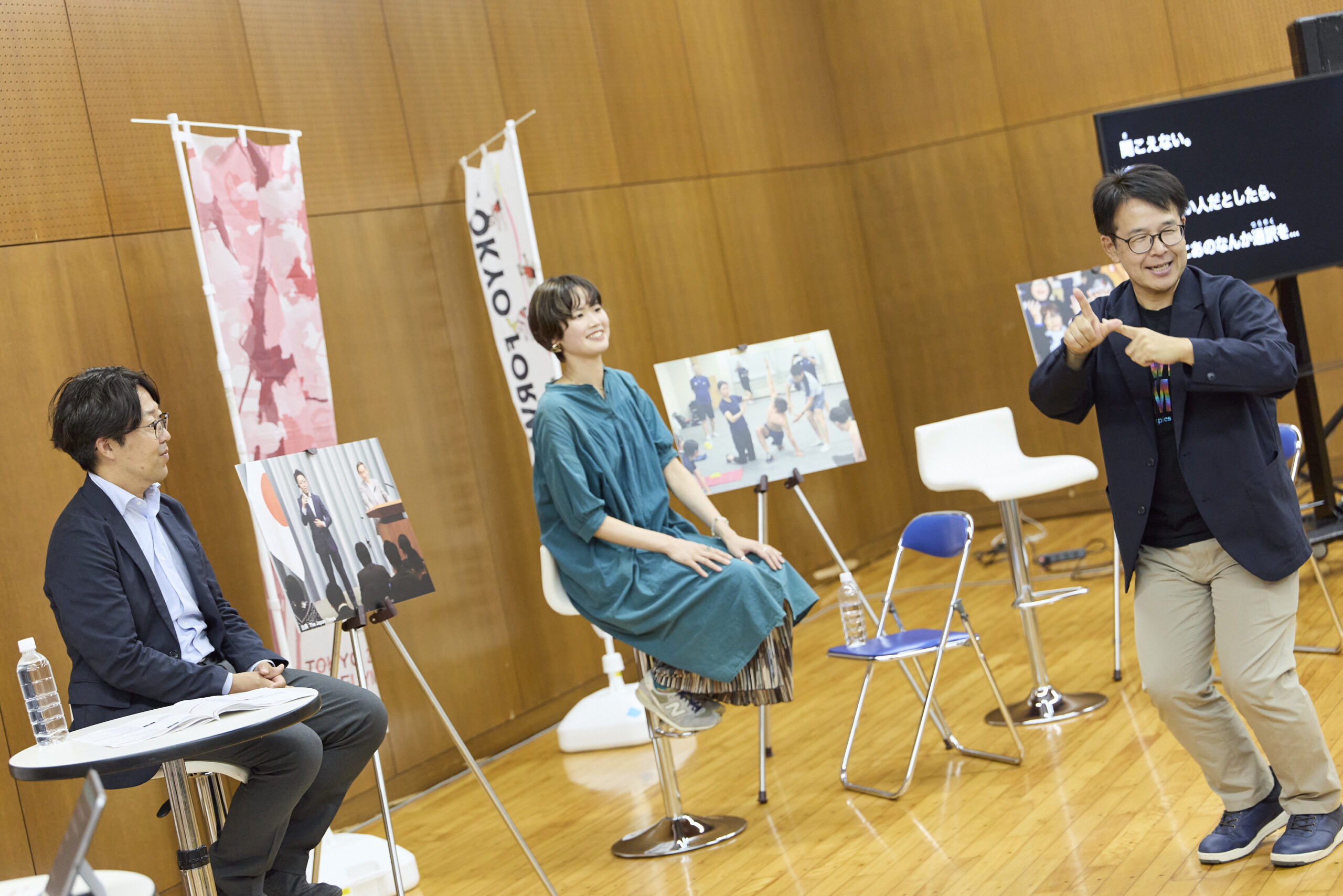
In addition, regarding the treatment, Mr. Ehara said, “It is true that the official qualification has changed greatly in the past 30 years. It has been recognized as a job from just being a “volunteer”, and the number of jobs has increased.”
Due to the influence of the media, he said, “I feel that more and more young people are coming to learn with the desire to become sign language interpreters,” and he also shared his impressions from his position of training and guidance all over the country.
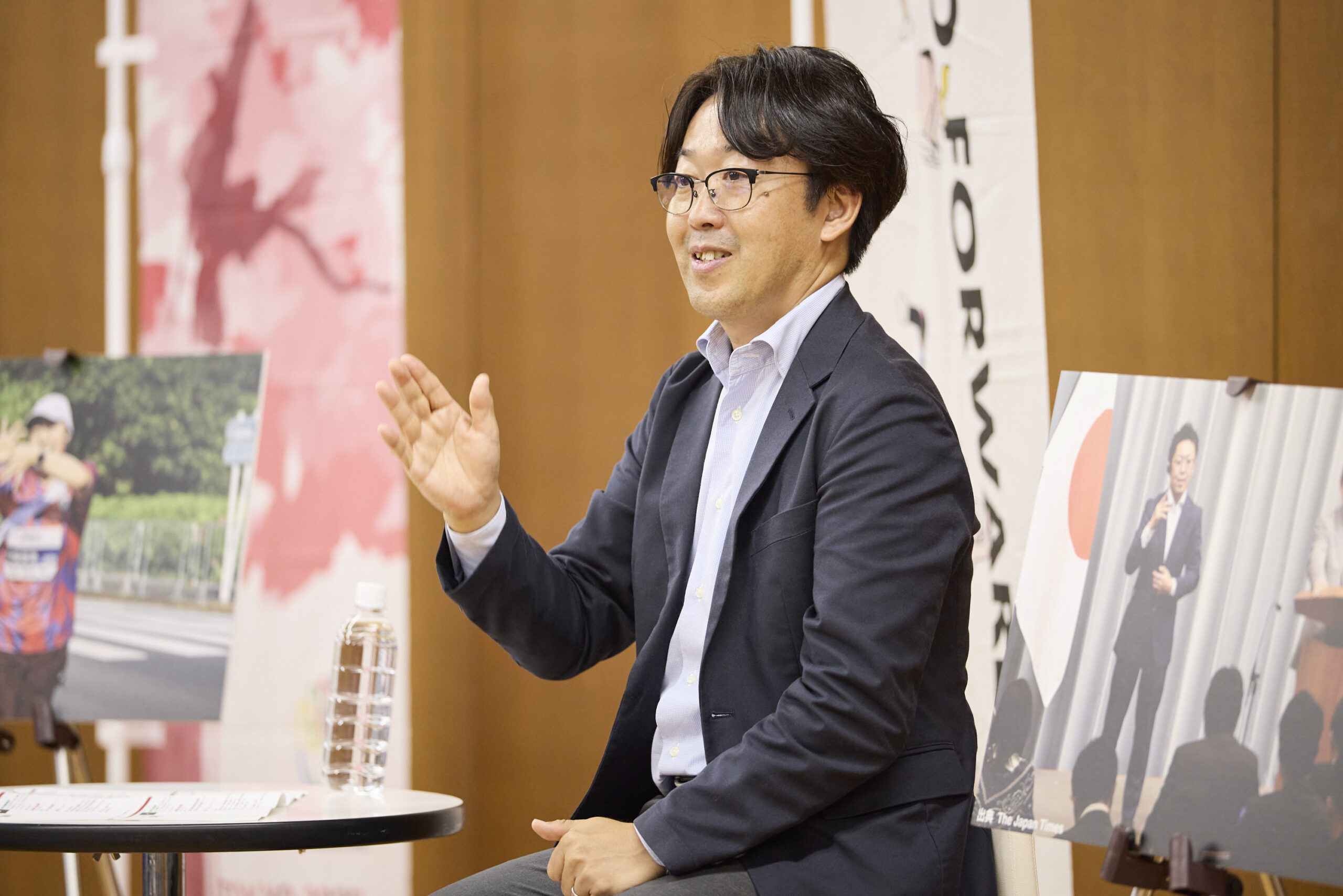
This talk session gave us a real behind-the-scenes look at sign language interpreters. When asked about his expectations for the upcoming Deaflympics, he said, “First of all, I want to create an environment where deaf athletes can compete without barriers. Taking this opportunity, I want to create a society without barriers.”
To that end, “I would like to increase the number of people who want to become sign language interpreters,” says Mr. Ehara.
And Mr. Sato said, “I would like you all to come to the venue. It is a valuable opportunity to be in an environment where we communicate in sign language and where spectators can talk and support in sign language. It should be interesting to experience an environment where people who don’t understand sign language become the minority.” Through that experience, I conveyed my desire to connect with people who cannot hear or have difficulty hearing, hoping that it will remain in shape even after the Deaflympics are over.
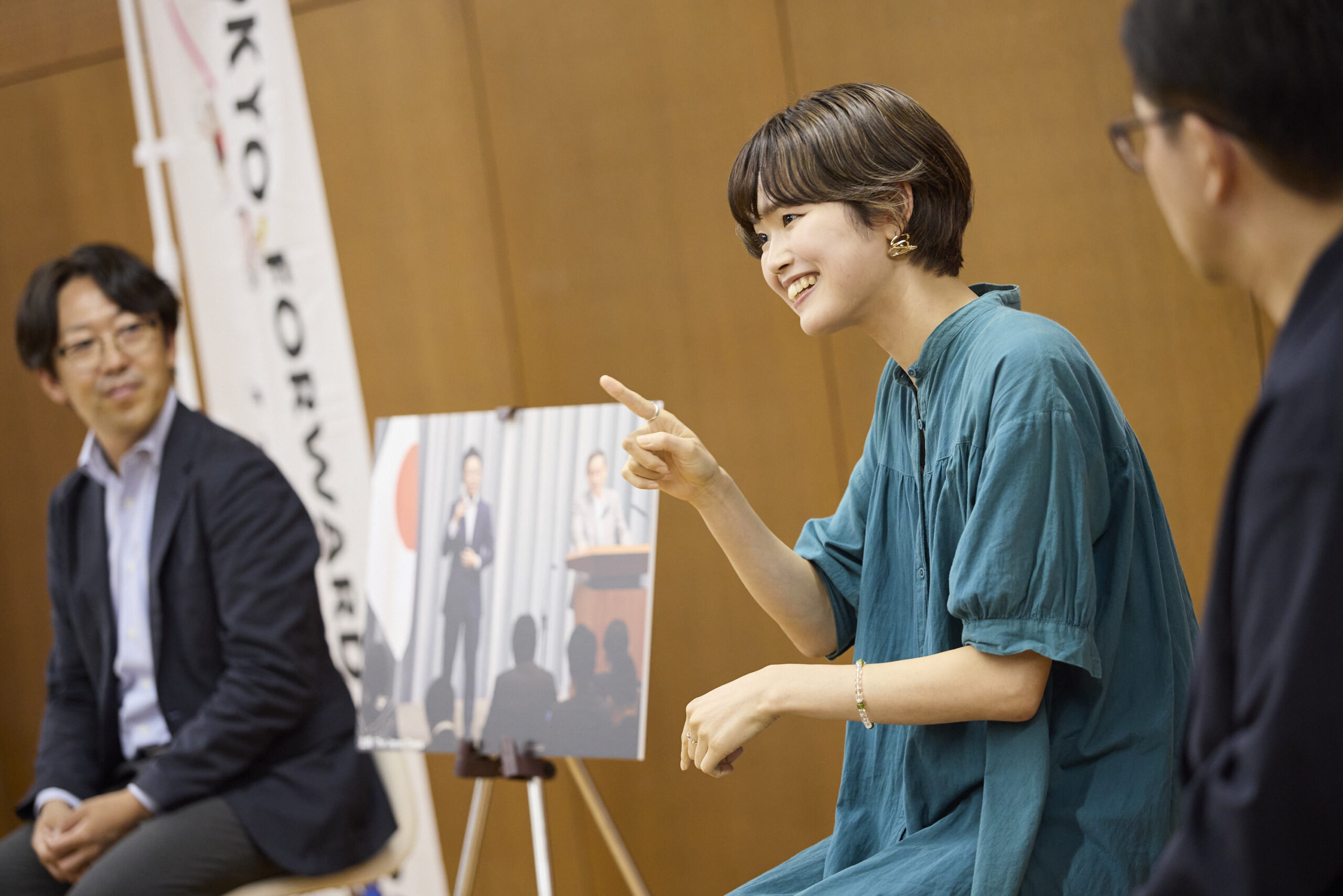
Mr. Hashimoto said, “Many students and friends will participate, so I will go to the venue to cheer them on. I will not work as an interpreter! My role is to send out messages on social media every day and increase the number of people who support deaf athletes. I am very much looking forward to creating a society where children can see the athletes and live with hope.”
Ms. Kawamata also sent a message saying, “Behind the fierce battle of deaf athletes, there is a sign language interpreter who supports it. There are a lot of charms in the world of sign language. I hope that there will be more opportunities to play an active role in the future.”

A “sign language interpreter” who is indispensable to the success of the Deaflympics. Please pay attention for their activities at the venue!
TOKYO 2025 DEAFLYMPICS will take place from November 15th!!
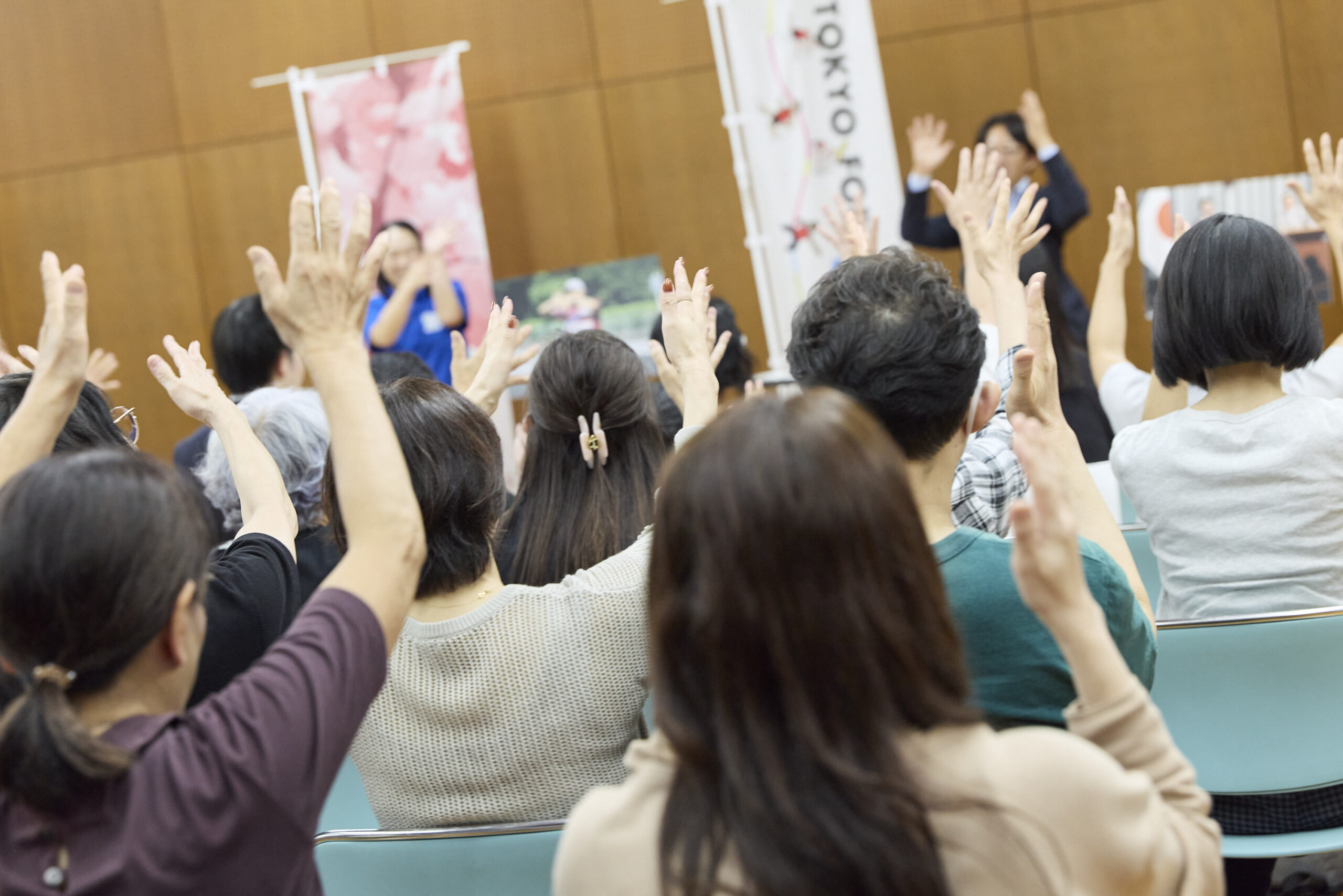
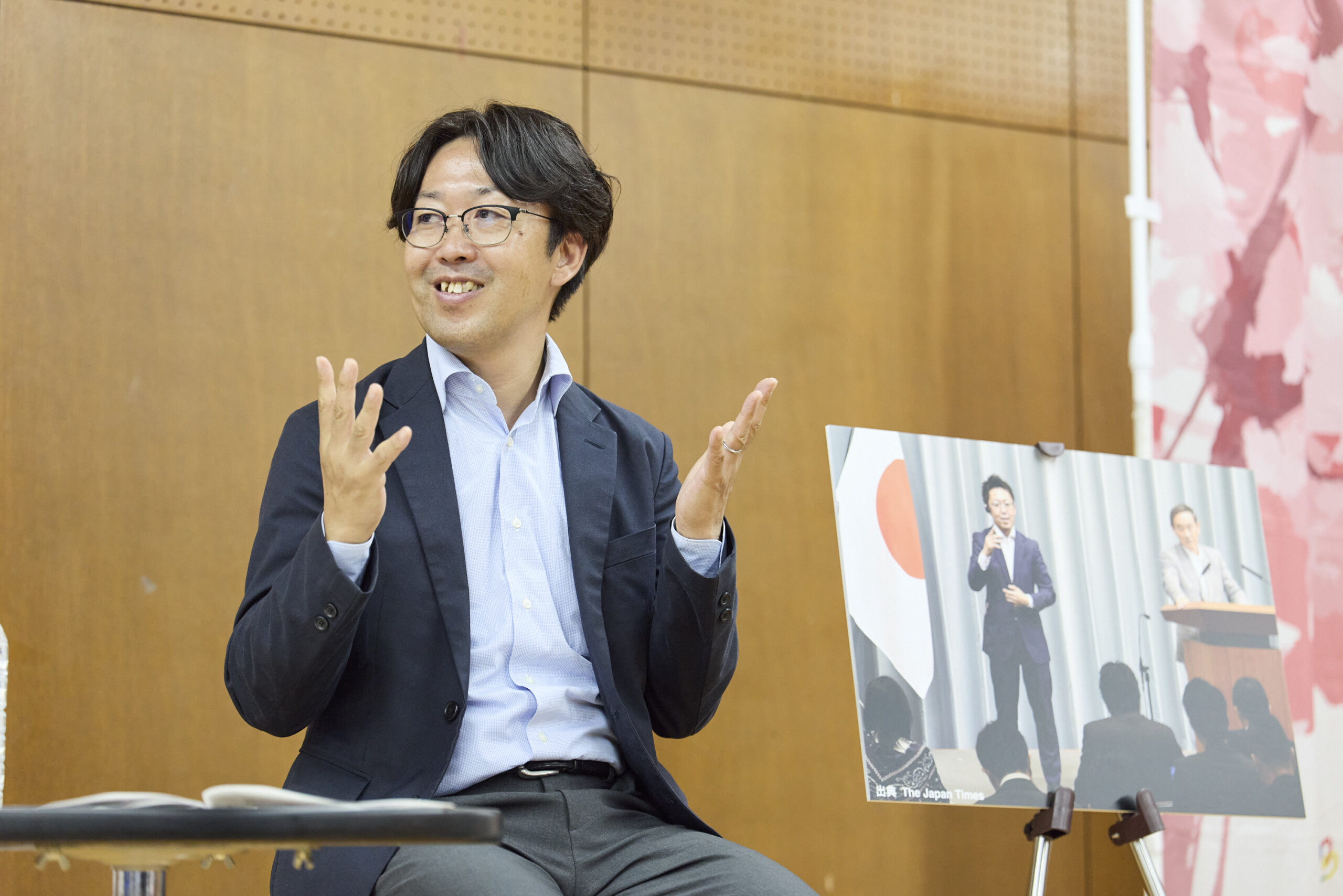
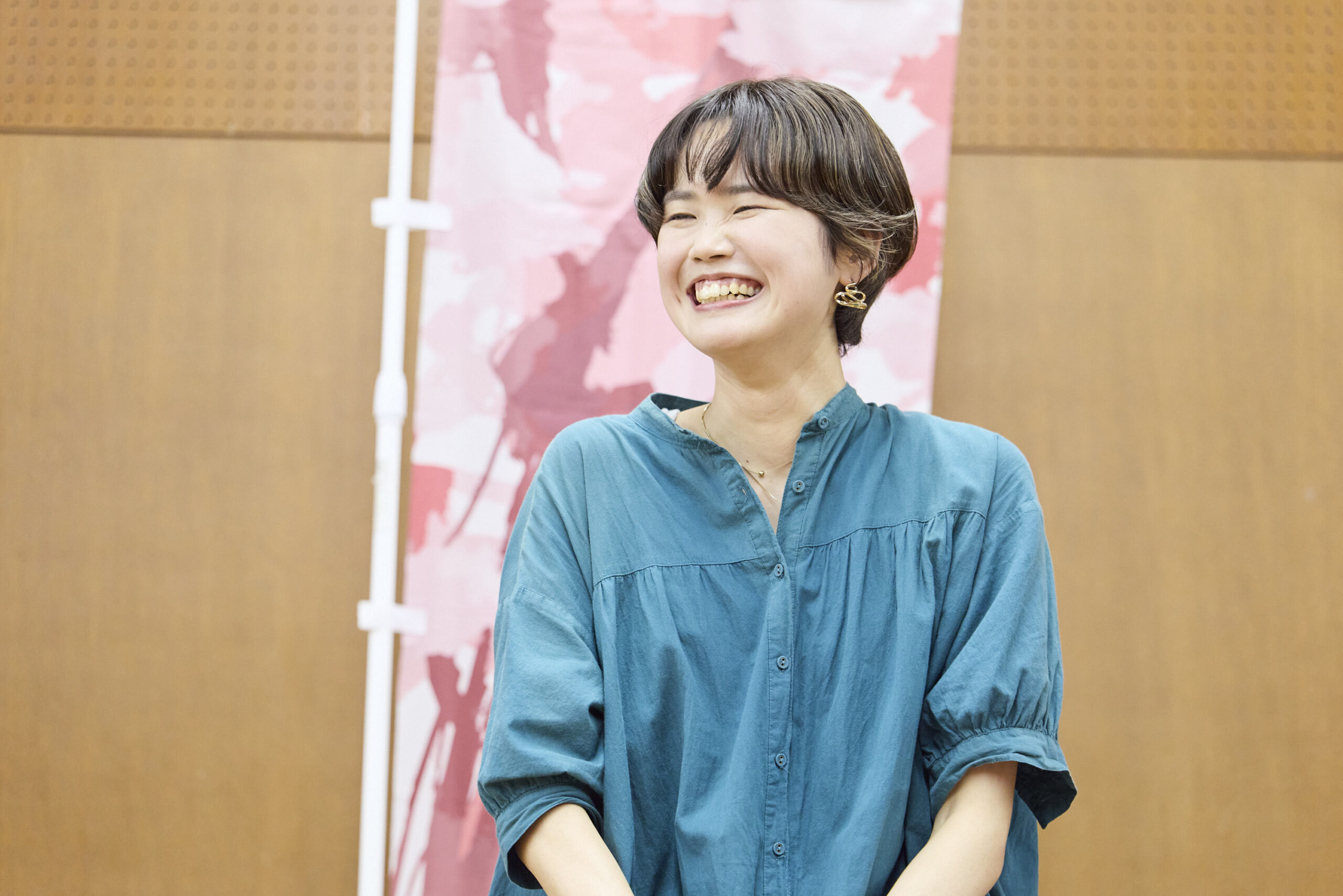
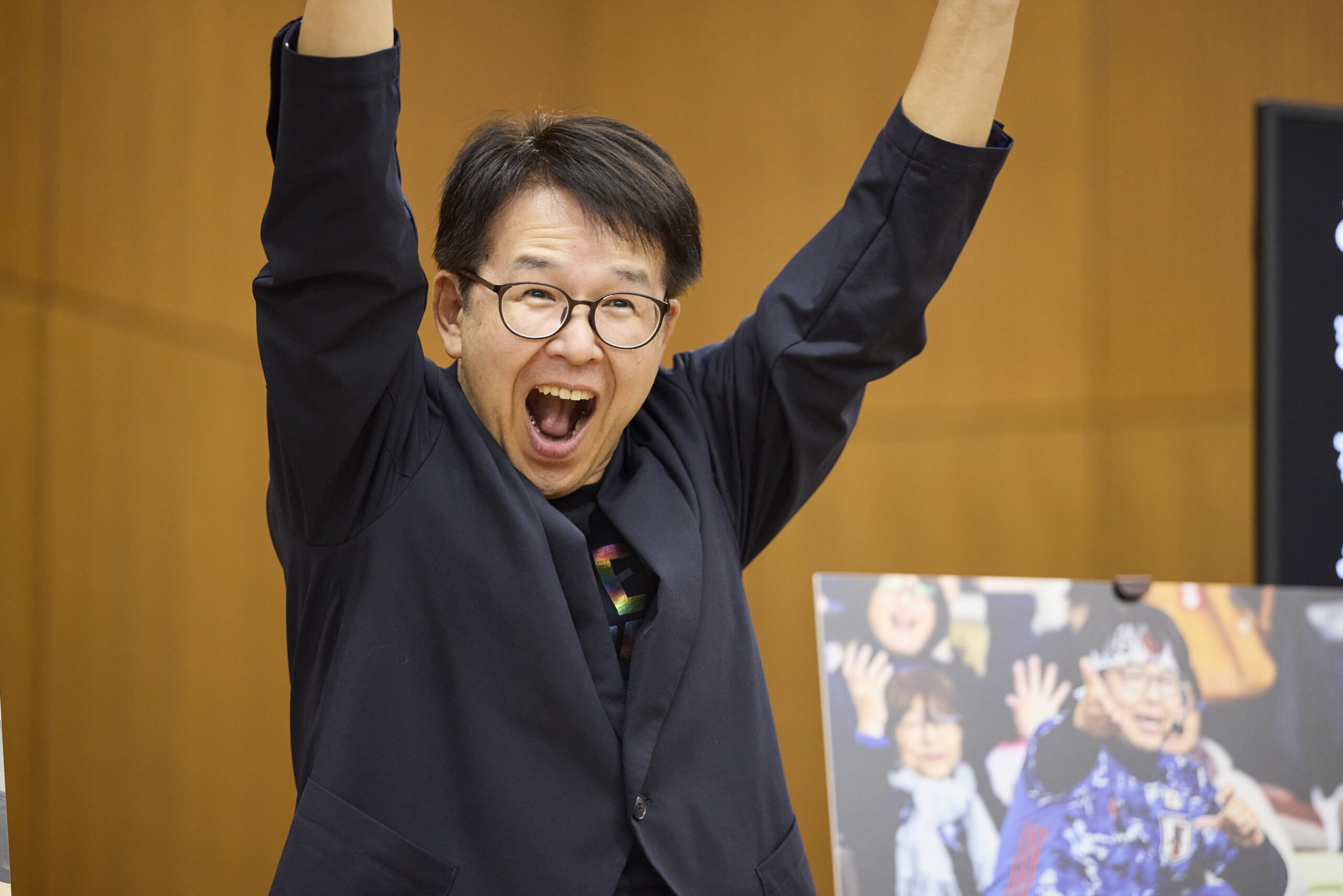

2025.10.20

2025.10.09
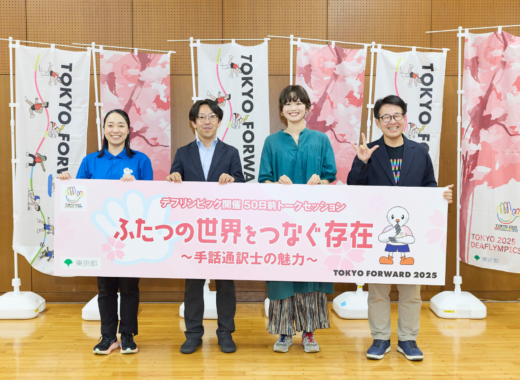
2025.10.08
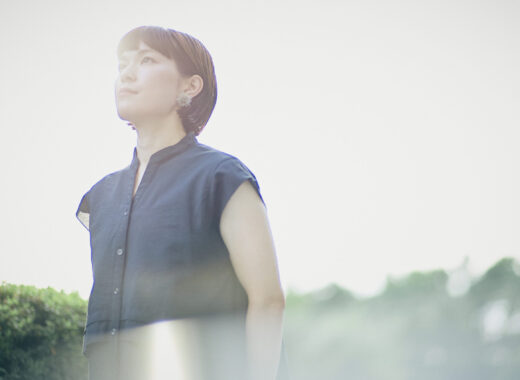
2025.09.03